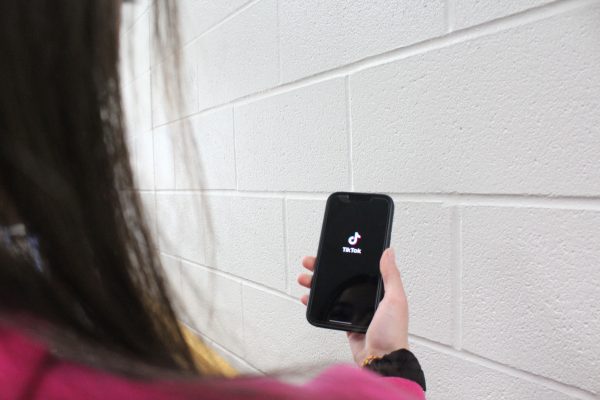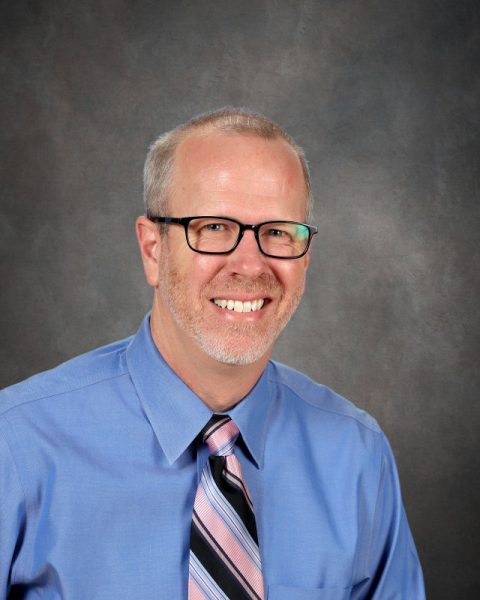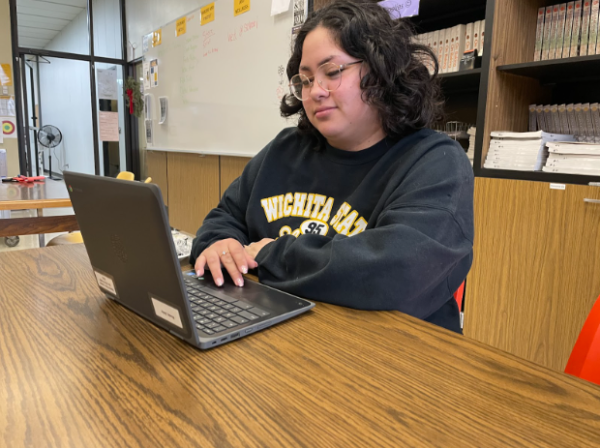Number of failing courses increases
Additional support, effort needed to pass
As of Dec. 4, 256 students in the school had one or more Fs. This number is significantly larger than 148, which is the amount of students at the same time last year with Fs. Each student is responsible for having a passing grade (D or higher) at the end of each semester, or they cannot pass the class. Students may not pass for reasons such as the difficulty of the class or the willingness to work hard in it.
Math teacher Erica Rickard has different rationales as to why so many students are in this position.
“Some of it is a lack of understanding, but a lot of it is probably a lack of effort and not following through on assignments, not persevering when it gets hard, and just quitting instead of asking for help. There’s ways to figure out how to do something and work through an assignment even when you don’t understand,” Rickard said.
Teachers in different departments throughout the school are currently working together to find a solution to this problem, having multiple meetings a week. Principal Lisa Moore explains her plan to improve grades.
“Teachers should be working with students to get work made up or turned in, they could give them extra time for whatever they’re failing and then also make sure they’re making contact with every students parents of students that are failing. That should be our very first line of intervention; working with students and working with parents,” Moore said.
Assistant Principal and CTE director Melinda Rangel and Railer Academy teacher Debra Helberg work with students who have failed a class and are trying to regain credit.
“There are lots of options for students with Mrs. Helberg. If they have failed there are ways they can make up those credits. She does anything from credit recovery to blended learning to help students be successful. She really looks at them individually and does what can to meet their individual needs,” Rangel said.
Helberg is in charge of credit recovery for students at the high school, she helps students on the path they chose for credit recovery.
“We give them every opportunity to complete courses. I monitor them constantly, I look at where they are, I work one on one with them. I’m always willing to help them with any class they’re struggling with. Some will be on the computer for some of the time, some will use paper pencil, some will be on the computer the whole time, some will use paper and pencil the whole time, it depends on what their needs are and what their capabilities are,” Helberg said.
According to Helberg, each student is given the resources to pass a class the first or even second time, but their ability to pass the class depends on their willingness to do so.
“I do wish that students realize their effort matters. It’s a lot more about effort than it is about intelligence. A lot of kids think ‘oh I’m just not good at this’ or ‘I’m not smart enough, I’m not good at math,’ but that’s not normally why they’re struggling in a class. It has more to do with their effort and their willingness to work hard. I feel like I do a lot of cheerleading sometimes, just encouraging them and telling them you can do this,” Rickard said.

Erica Beebe is a senior and has been a member of The Newtonian staff for three years. She serves as the Features Editor and previously served as the Entertainment...










